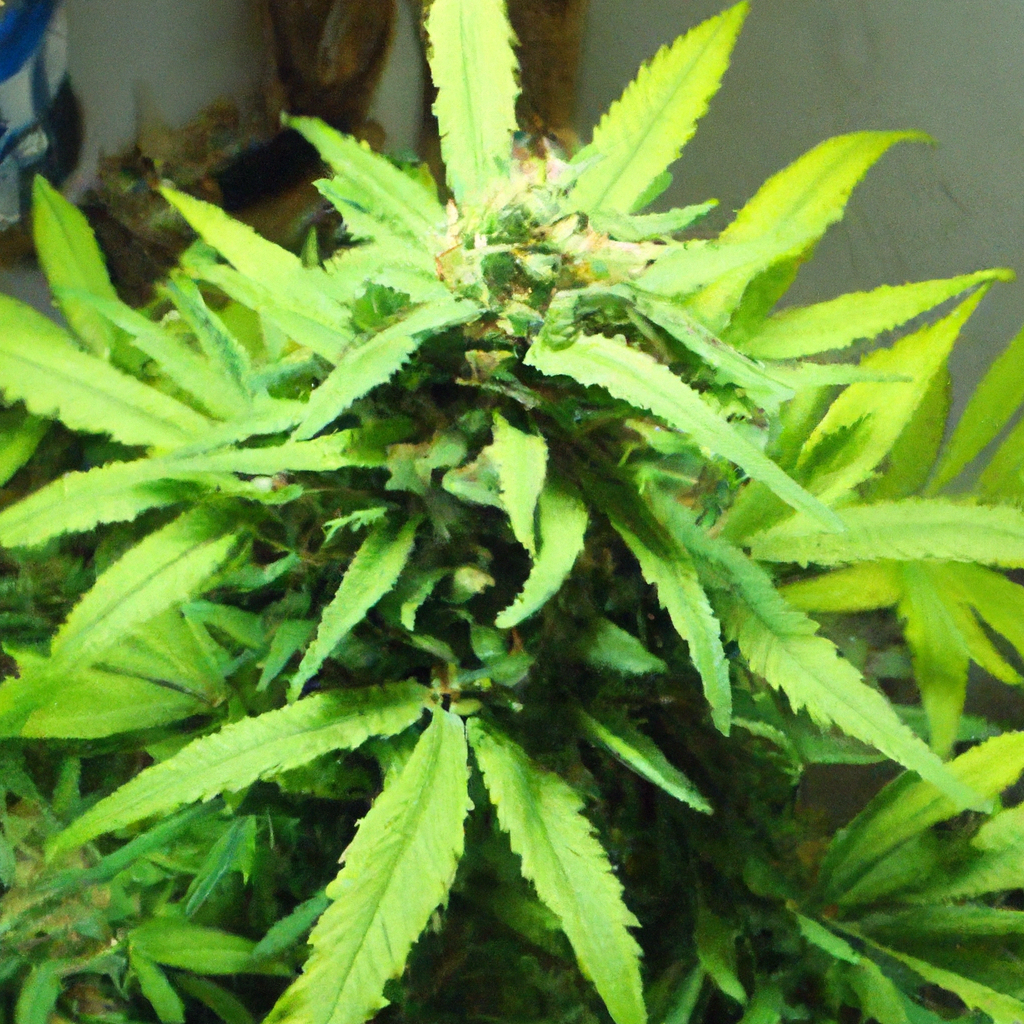Your cart is currently empty!
Cannabis cultivation is more than just growing a plant; it’s about understanding the intricate relationships that cannabis plants form with their environment. One fascinating aspect of this relationship is symbiosis. From beneficial microbes to companion planting, symbiotic interactions can significantly enhance cannabis growth and yield. Let’s dive into how these natural alliances work and how they can benefit your cultivation efforts.
Understanding Plant-Microbe Symbiosis
The roots of cannabis plants are in constant interaction with a myriad of microorganisms in the soil. This symbiosis primarily involves mycorrhizal fungi and beneficial bacteria. These microorganisms enhance nutrient uptake, improve water absorption, and increase resistance to stress and disease.
- Mycorrhizal Fungi: These fungi colonize plant roots, forming a network that helps the plants absorb phosphorus and other essential nutrients more efficiently. In return, the fungi receive carbohydrates from the plant.
- Beneficial Bacteria: Certain bacteria can fix atmospheric nitrogen, making it available to plants. They also produce plant-growth-promoting hormones, further supporting cannabis’ health and development.
Companion Planting: Building a Supportive Ecosystem
Companion planting refers to growing cannabis alongside certain plant species that provide various benefits, such as pest control, improved growth, or enhanced flavor. Here are some plant partners that complement cannabis:
| Companion Plant | Benefits |
|---|---|
| Basil | Repels pests and attracts beneficial insects. |
| Lavender | Provides aromatic benefits and deters pests. |
| Marigold | Natural pest deterrent that also adds beauty to your garden. |
Embracing Symbiosis in Your Cultivation
To successfully harness the benefits of symbiosis in your cannabis cultivation, consider the following tips:
- Select the Right Seedlings: Choose cannabis strains known for forming strong symbiotic relations with soil microorganisms.
- Fertilize Naturally: Use organic fertilizers to create a rich soil environment conducive to microbial activity.
- Regularly Intercrop: Incorporate companion plants into your grow space to maintain a balanced ecosystem.
Conclusion
The symbiotic relationships within a cannabis cultivation system can lead to robust plants and bountiful harvests. By understanding and leveraging these natural processes, growers can improve the health and yield of their cannabis crops sustainably. Embrace the science of symbiosis and unlock the full potential of your cannabis garden.
Tags: SymbioticRelationships, CannabisCultivation, NaturalCultivation, SustainablePractices, EducationalResources
Discover more from Magic Clones
Subscribe to get the latest posts sent to your email.


Leave a Reply